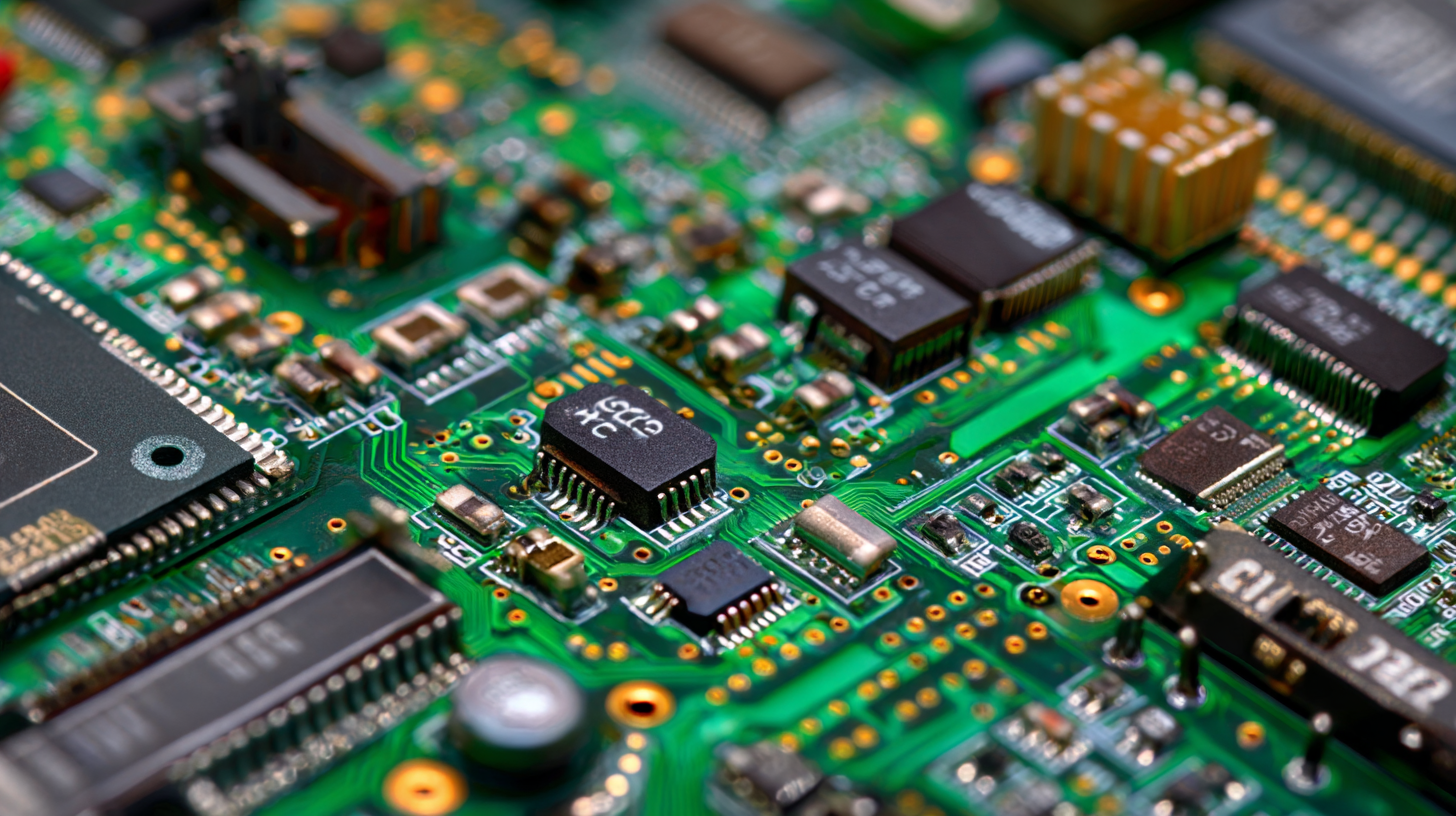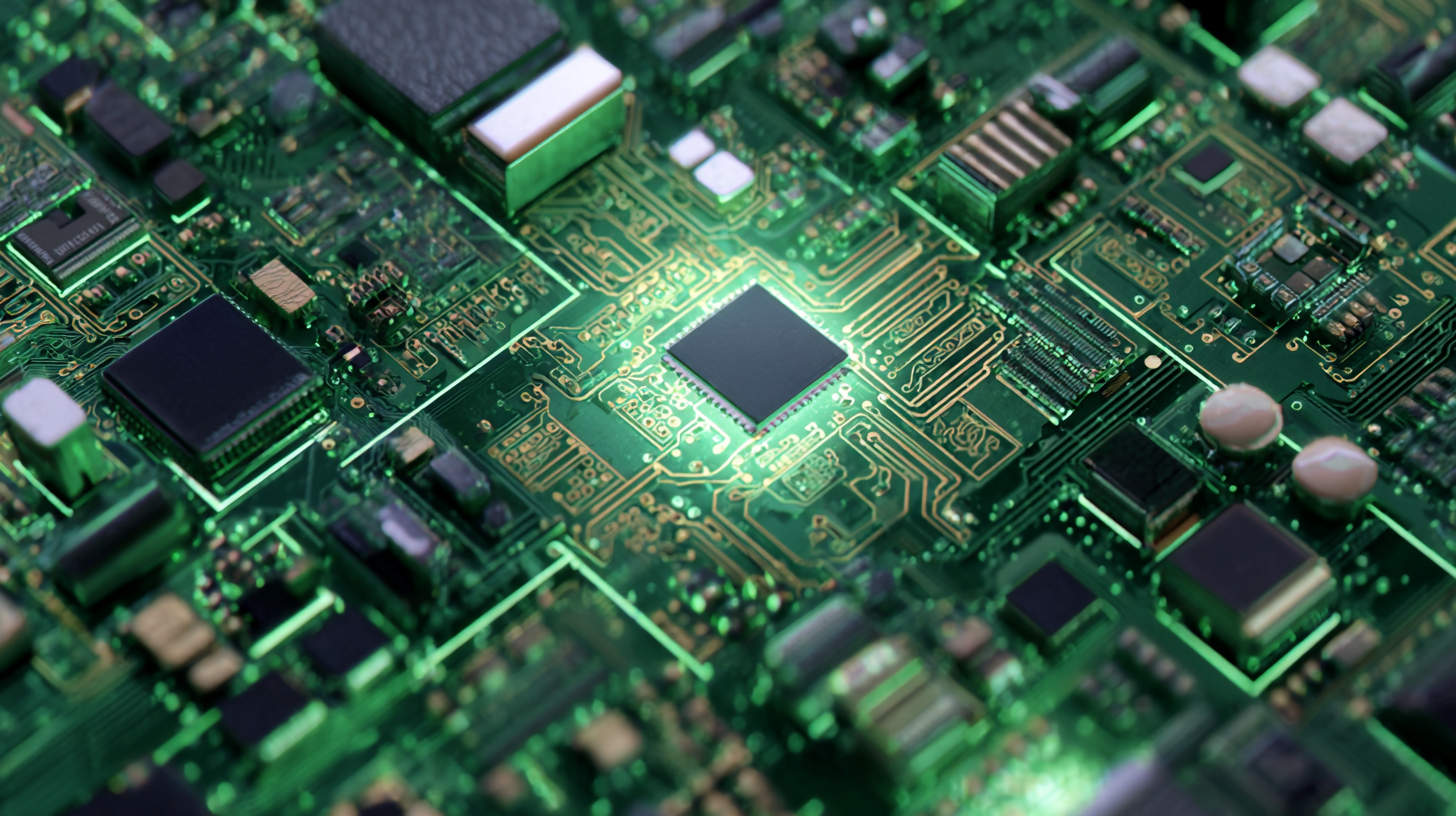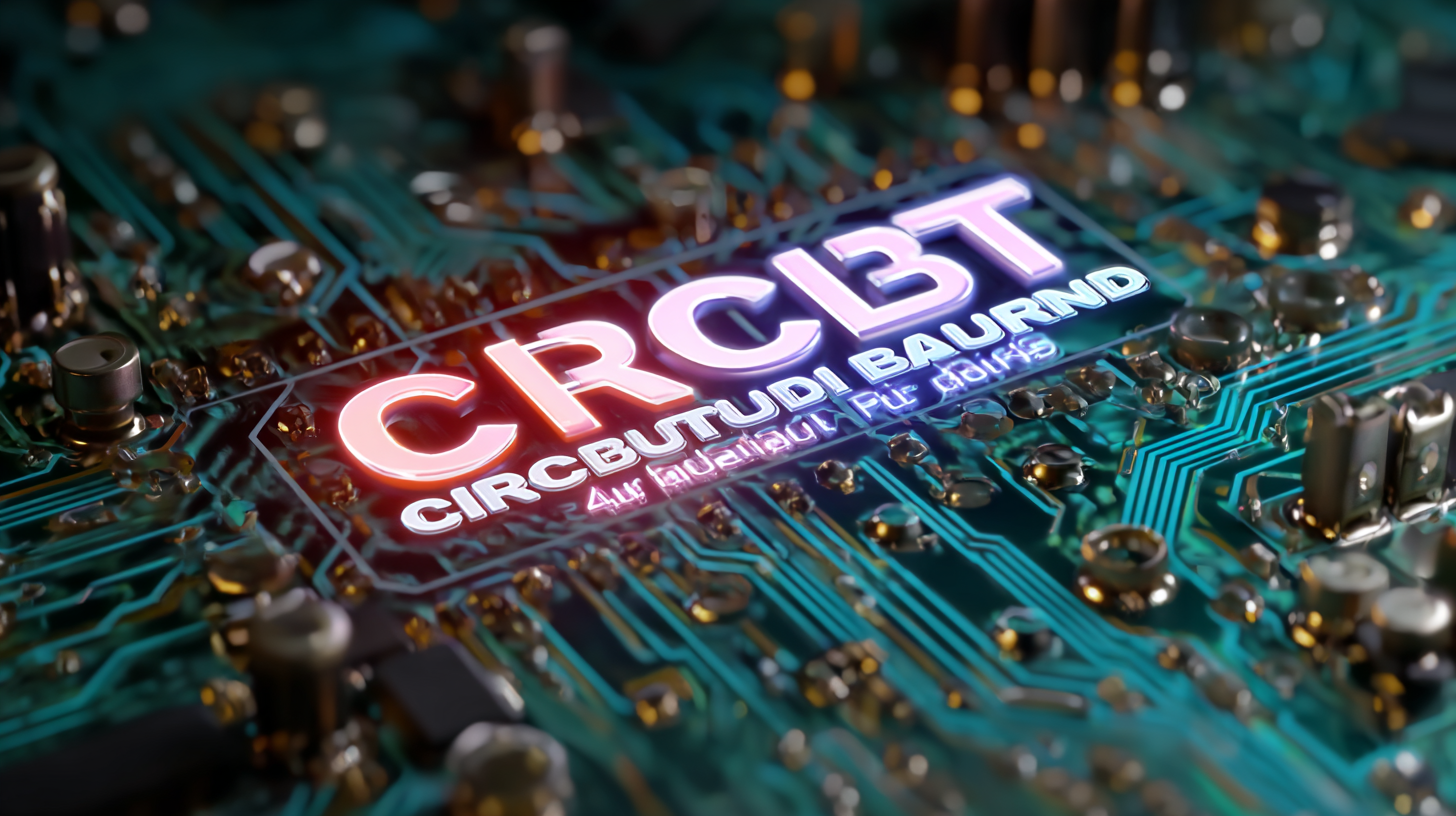As the demand for advanced electronic devices continues to surge, the landscape of Circuit Board Fabrication is undergoing transformative changes. According to a recent report by MarketsandMarkets, the global printed circuit board (PCB) market is expected to reach USD 82.75 billion by 2025, reflecting a compound annual growth rate (CAGR) of 4.1% between 2020 and 2025. This growth is driven by the increasing integration of smart technologies and the Internet of Things (IoT) in consumer electronics, automotive, and industrial applications. With innovative manufacturing techniques and a shift towards sustainable practices, global buyers are presented with exciting new alternatives that promise enhanced performance, reduced costs, and shorter lead times. In this blog, we will explore the latest trends in Circuit Board Fabrication, focusing on high-quality offerings from leading manufacturers, particularly from China, that are poised to shape the industry's future.

As we look ahead to 2025, the circuit board industry is poised for transformative changes driven by the evolution of materials. Emerging alternatives such as high-frequency laminates and biodegradable composites are gaining traction. According to a recent report by Markets and Markets, the global demand for flexible printed circuit boards is expected to reach $36.58 billion by 2025, representing a significant shift towards more adaptable and environmentally friendly solutions. This growing market highlights the need for research and development into innovative materials that can meet the demands of both consumers and manufacturers alike.

Notably, materials like polyimide and thermoplastic composites are paving the way for lighter, more efficient circuit boards. A study by IDTechEx predicts that the use of advanced materials could reduce weight by up to 70%, enhancing the performance of electronic devices while minimizing their environmental impact. As manufacturers seek to reduce costs and improve sustainability, the integration of these novel materials will be pivotal. The trend is clear: the circuit board landscape is evolving, and industry players must adapt to these innovations to remain competitive in the global market.
As the demand for electronics continues to rise, the circuit board manufacturing industry is facing mounting pressure to adopt sustainable practices. Eco-friendly alternatives are emerging to reduce the environmental impact of traditional circuit board fabrication processes. Innovations such as bio-based materials and non-toxic chemicals are gaining traction, helping manufacturers minimize waste and energy consumption while maintaining product quality. These materials not only alleviate pollution but also offer a more sustainable lifecycle for electronic products.

Recycling and repurposing electronic waste are also becoming integral components of modern circuit board manufacturing. By utilizing reclaimed materials, manufacturers can significantly lower their carbon footprint and reduce the reliance on virgin resources. This shift towards a circular economy not only addresses environmental concerns but also aligns with the growing consumer demand for sustainable products. As global buyers become more environmentally conscious, incorporating eco-friendly practices into circuit board production will not only comply with regulations but can also enhance brand reputation and customer loyalty.
The landscape of circuit board production is on the brink of transformation as additive manufacturing techniques gain traction. These innovative processes, such as 3D printing and electronic inkjet printing, are changing how circuit boards are designed and produced. Unlike traditional subtractive methods, which involve cutting away material, additive manufacturing allows for the layer-by-layer construction of circuits, enabling more intricate designs and reduced waste. This shift not only enhances customization but also significantly shortens production times, making it easier for companies to adapt to rapidly evolving market demands.
As global buyers look towards 2025, they're increasingly drawn to the advantages of additive manufacturing. With its ability to produce flexible and complex circuit layouts, businesses can now meet the challenges posed by miniaturization and the Internet of Things (IoT). Furthermore, the potential for on-demand production minimizes inventory costs and transportation emissions, aligning with the growing emphasis on sustainability. As these techniques become more accessible, they herald a new era in the electronics industry, providing opportunities for innovation and efficiency unlike anything seen before.
The landscape of circuit board fabrication is rapidly evolving, driven by the increasing demand for enhanced performance and efficiency. As we look towards 2025, advanced substrate technologies are becoming essential for addressing the complexities of modern electronic devices. From embedded components to high-frequency applications, these innovative substrates are designed to optimize signal integrity and thermal management. The exploration of alternatives, such as flexible and organic substrates, provides opportunities for global buyers to meet diverse application needs while ensuring sustainable practices.
**Tip:** When selecting substrate materials, consider the specific requirements of your application. Different technologies offer varying benefits, such as improved thermal conductivity in metal substrates or greater flexibility in polymer options.
Additionally, advancements in manufacturing processes, like additive manufacturing and laser etching, enable greater customization and efficiency. These methods not only reduce material waste but also enhance design versatility, allowing engineers to push the boundaries of traditional circuit board design.
**Tip:** Keep abreast of the latest advancements in substrate technology and fabrication techniques to leverage these innovations for your projects. Engaging with industry experts can provide deeper insights into selecting the best solutions for your specific performance requirements.
As global buyers look towards 2025, the demand for cost-effective solutions in circuit board fabrication is at an all-time high. Innovations in materials and processes are driving this transformation, allowing manufacturers to produce high-quality circuit boards while reducing expenses. From utilizing biodegradable substrates to advanced additive manufacturing techniques, companies are exploring alternatives that not only meet performance standards but also align with sustainable practices.
Moreover, automation and artificial intelligence are reshaping traditional fabrication methods. These technologies enhance efficiency by minimizing waste and maximizing production speed. Automated inspection systems can identify defects in real-time, ensuring that quality control checks are both thorough and cost-effective. As buyers seek to balance performance with cost, embracing these innovative approaches will become crucial in making intelligent purchasing decisions. By adopting these cutting-edge solutions, businesses can remain competitive in a rapidly evolving market while also committing to sustainable manufacturing practices that resonate with environmentally conscious consumers.
| Trend / Alternative | Description | Cost-Effectiveness | Year of Adoption |
|---|---|---|---|
| Flexible Circuit Boards | Bendable and lightweight materials for compact designs. | Reduces material costs and shipping weight. | 2025 |
| 3D Printing Technology | Additive manufacturing for custom PCB designs. | Lower production costs for small batches. | 2025 |
| Eco-Friendly Materials | Sustainable materials for environmental compliance. | Potential tax benefits and reduced disposal costs. | 2024 |
| Miniaturization Techniques | Techniques to reduce PCB size while maintaining functionality. | Saves space and material, leading to cost reductions. | 2025 |
| Automated Production Systems | Robotic assembly for increased efficiency. | Lower labor costs and reduced error rates. | 2025 |